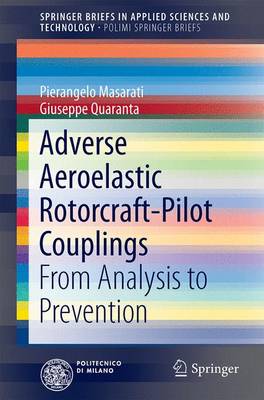(To see other currencies, click on price)
MORE ABOUT THIS BOOK
Main description:
Environmental conditions and pressurized spacesuits expose astronauts to problems of fatigue during lengthy extravehicular activities, with adverse impacts especially on the dexterity, force and endurance of the hands and arms. A state-of-the-art exploration in the field of hand exoskeletons revealed that available products are unsuitable for space applications because of their bulkiness and mass. This book proposes a novel approach to the development of hand exoskeletons, based on an innovative soft robotics concept that relies on the exploitation of electroactive polymers operating as sensors and actuators, on a combination of electromyography and mechanomyography for detection of the user’s will and on neural networks for control. The result is a design that should enhance astronauts’ performance during extravehicular activities. In summary, the advantages of the described approach are a low-weight, high-flexibility exoskeleton that allows for dexterity and compliance with the user’s will.
Feature:
Proposes a novel approach to the development of hand exoskeletons
Presents a detailed comparison between hard robotics and soft robotics actuation/sensing systems
Describes the concept for implementation of a new actuator, based on smart materials
Contents:
Introduction.- Users' Requirements.- State of the Art.- The Solution.- Concept Layout.- Conclusions.
PRODUCT DETAILS
Publisher: Springer (Springer International Publishing)
Publication date: July, 2014
Pages: 110
Weight: 172g
Availability: Not available (reason unspecified)
Subcategories: Biomedical Engineering
From the same series





































